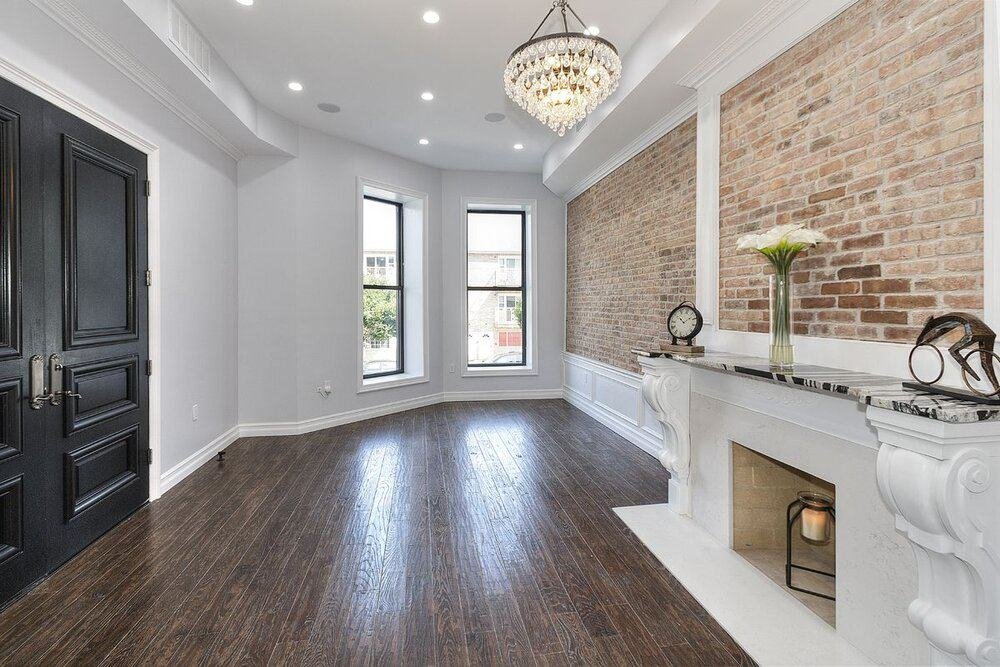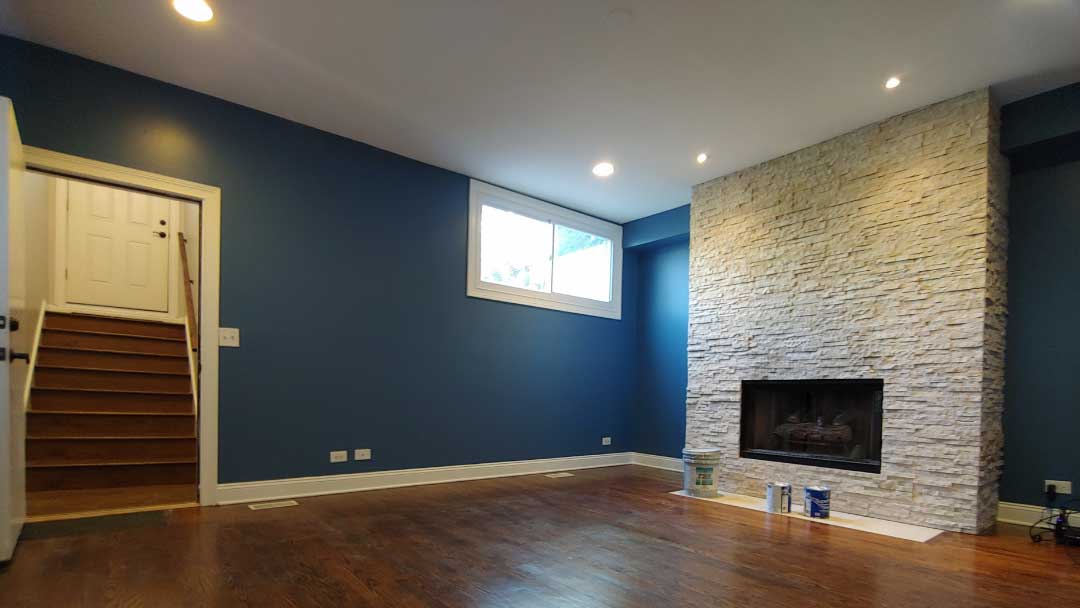Affordable Cleveland Metro Painting Specialists for Expert Home Makeovers
Affordable Cleveland Metro Painting Specialists for Expert Home Makeovers
Blog Article
Enhance Your Inside Layout With Comprehensive Color Examination
The combination of color assessment into indoor style provides an unique opportunity to improve and raise the aesthetic and emotional resonance of a room. By engaging with a seasoned shade expert, you can navigate the intricacies of shade selection, ensuring that your selections not only enhance building features yet likewise resonate with individual style and emotional effect.
Benefits of Shade Assessment

In addition, color assessment aids in maximizing natural light and optimizing spatial understanding. Lighter colors can make an area show up even more large, while darker tones create an intimate setting. Cleveland Metro Painting Specialists. This tactical application of color can considerably influence the general atmosphere of any type of indoor area
Furthermore, expert specialists have a detailed understanding of classic standards and present patterns, making sure that the selected colors will remain appealing over time. This insight can conserve customers from expensive redesigns in the future. Shade appointment equips clients by supplying them with a clear vision and instructions, fostering self-confidence in their design choices and ultimately leading to a more effective and rewarding interior style outcome.
Recognizing Color Psychology
The significance of shade psychology in interior decoration can not be overemphasized, as it explores the emotional and emotional impacts that various tones can evoke in people. Colors can affect mood, actions, and even performance, making them an important consideration in any kind of design task.
As an example, cozy colors such as red, orange, and yellow are usually related to power and warmth. They can promote sensations of enjoyment and convenience, making them suitable for social rooms like living rooms or kitchen areas. Alternatively, amazing shades like blue, green, and purple have a tendency to stimulate calmness and harmony, making them ideal for bed rooms or reflection areas.
Furthermore, the usage of neutral tones can create a balanced atmosphere by permitting the bolder shades to stand apart without frustrating the detects. Recognizing these psychological effects allows developers to develop spaces that not only look visually pleasing however additionally advertise psychological well-being.
Incorporating color psychology into interior decoration entails a thoughtful option of hues tailored to the intended function of each area, eventually improving the general experience for its owners. This recognition is crucial for achieving a practical and harmonious interior environment.
The Color Wheel Discussed
Comprehending the relationships in between hues is crucial for efficient interior decoration, and the shade wheel functions as an important tool in this process. The color wheel, developed by Isaac Newton in the 17th century, highlights the range of shades set up in a round format. It comprises primaries-- red, blue, and yellow-- that can not be developed by blending various other colors. Secondary shades, created by incorporating main colors, include environment-friendly, orange, and purple. Tertiary shades arise from mixing a primary and a second shade, resulting in shades such as red-orange and turquoise.
The color wheel helps developers understand the relationships in between colors, consisting of complementary, analogous, and triadic systems. Complementary shades, positioned contrary each other on the wheel, create lively contrasts that can energize a room. Comparable shades, located beside one another, provide a cohesive and unified look. Triadic systems utilize 3 uniformly spaced shades, providing equilibrium and visual passion.
Utilizing the color wheel in indoor design not only boosts aesthetic charm yet also evokes certain emotions and atmospheres, making it an important referral for color examination. Comprehending these connections eventually equips developers to create spaces that are both visually captivating and practical.
Picking the Right Palette
Frequently, choosing the appropriate scheme is a decisive element in my blog accomplishing an effective interior decoration project. A well-chosen color plan can merge an area, boost its attributes, and stimulate wanted feelings. To start, consider the purpose of the room. Different spaces serve varied functions and require palettes that reflect their intended usage; as an example, tranquil shades such as soft blues or environment-friendlies function well in rooms, advertising leisure.
Light can dramatically modify exactly how shades show up, so it is important to analyze the space at different times of the day. An unified palette needs to match these attributes, producing a cohesive look throughout the space.
When choosing shades, make use of the 60-30-10 policy, which suggests that 60% of the space need to be a dominant shade, 30% a secondary shade, and 10% an accent color. This proportion you can check here ensures equilibrium and visual rate of interest (Cleveland Metro Painting Specialists). Finally, sample shades on the walls prior to devoting, as this allows you to see just how the hues engage with each other and the general setting they create in your indoor layout project.
Dealing With a Shade Professional

When functioning with a shade professional, the procedure commonly starts with a first appointment. Throughout this conference, you'll review your vision, preferences, and the existing aspects in your space. The consultant will assess your demands and might advise certain color palettes that align with your objectives.
After developing a direction, the specialist will provide examples and aesthetic aids to help you picture the recommended color design. This action is critical, as shades can appear differently under differing illumination conditions.
In addition, a shade specialist can guide you in picking corresponding furnishings, art work, and accessories to harmonize with your selected palette. By teaming up carefully, you can accomplish a refined visual that raises your interiors and develops an inviting atmosphere. Inevitably, the know-how of a color consultant can dramatically improve the total effect of your design job.
Conclusion
In recap, extensive shade examination offers as a vital device for enhancing indoor design. By leveraging professional knowledge of color psychology and spatial characteristics, a tailored shade palette can be established to stimulate particular feelings and create an unified setting. This tactical strategy not only promotes a natural design narrative yet also alleviates the threat of costly redesigns. Eventually, involving with a color expert makes certain an informed and visually pleasing end result, elevating the general experience of the area.
By involving with a skilled shade consultant, you can navigate the complexities of color selection, guaranteeing that your options not only complement architectural functions however likewise reverberate with individual style and mental effect. It makes up main colors-- red, our website blue, and yellow-- that can not be produced by mixing other colors.The color wheel aids developers realize the partnerships in between shades, consisting of complementary, comparable, and triadic schemes.When selecting colors, make use of the 60-30-10 regulation, which recommends that 60% of the room need to be a leading shade, 30% an additional color, and 10% an accent color. By leveraging expert understanding of color psychology and spatial characteristics, a customized shade palette can be developed to stimulate details feelings and produce a harmonious setting.
Report this page